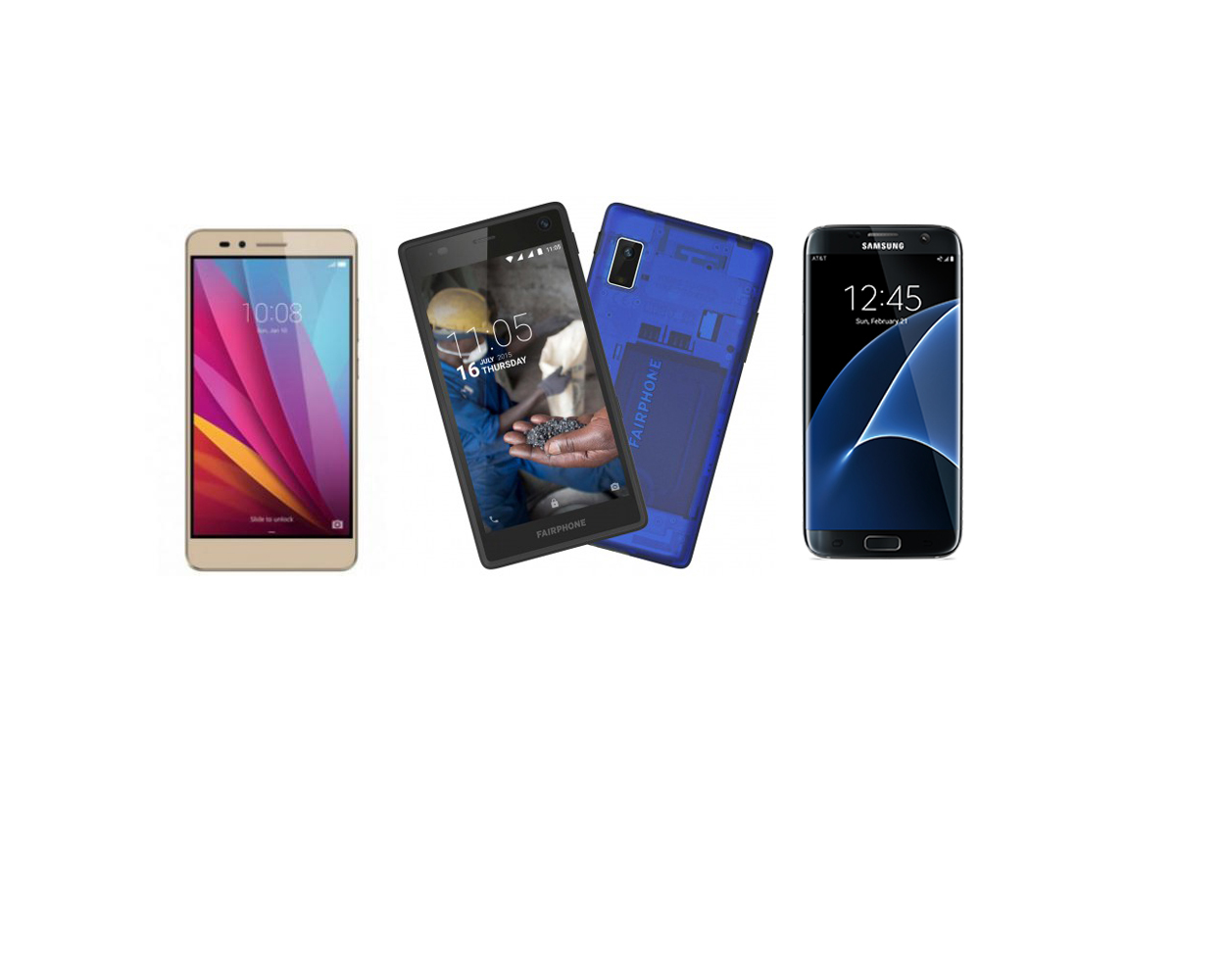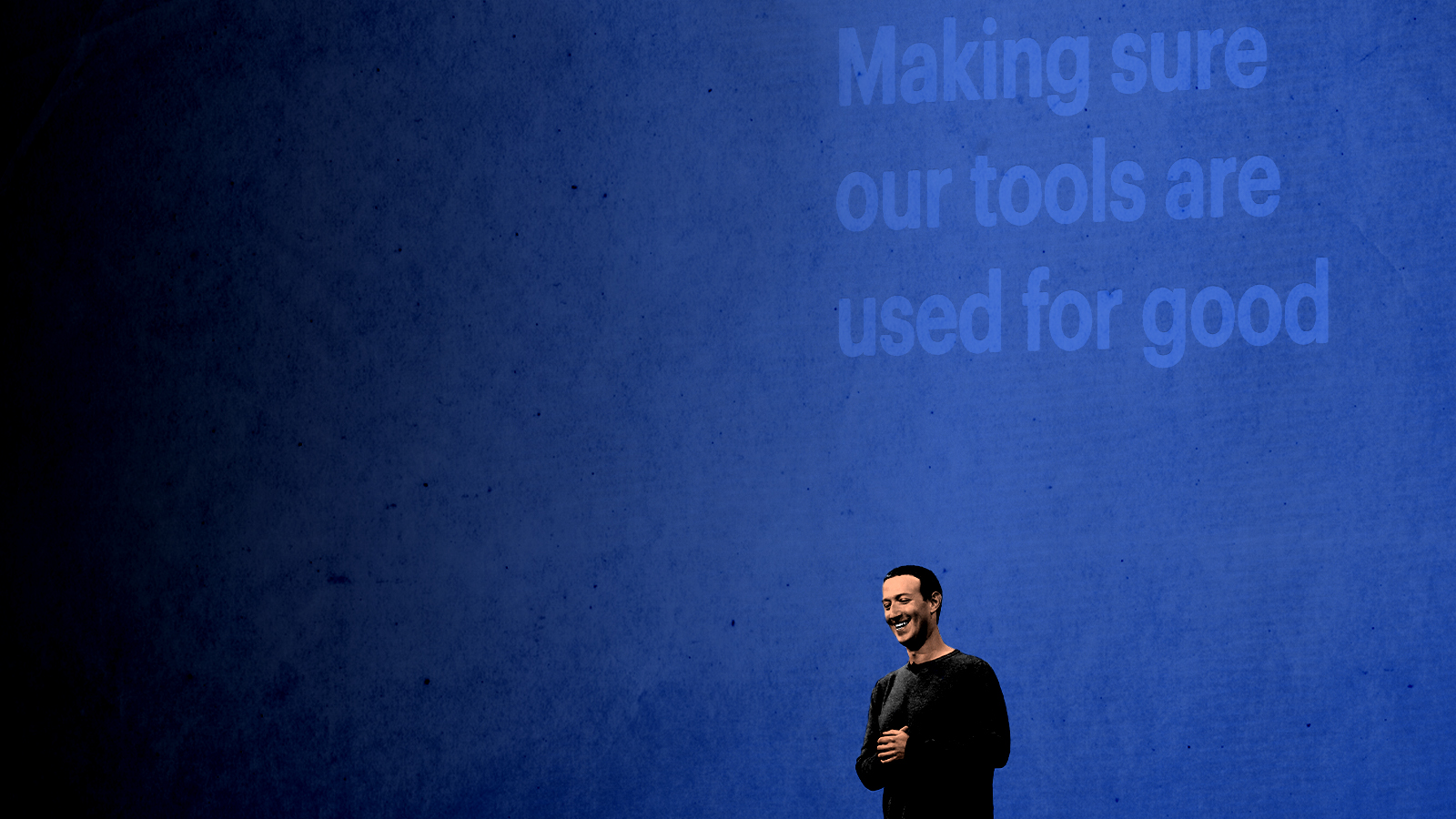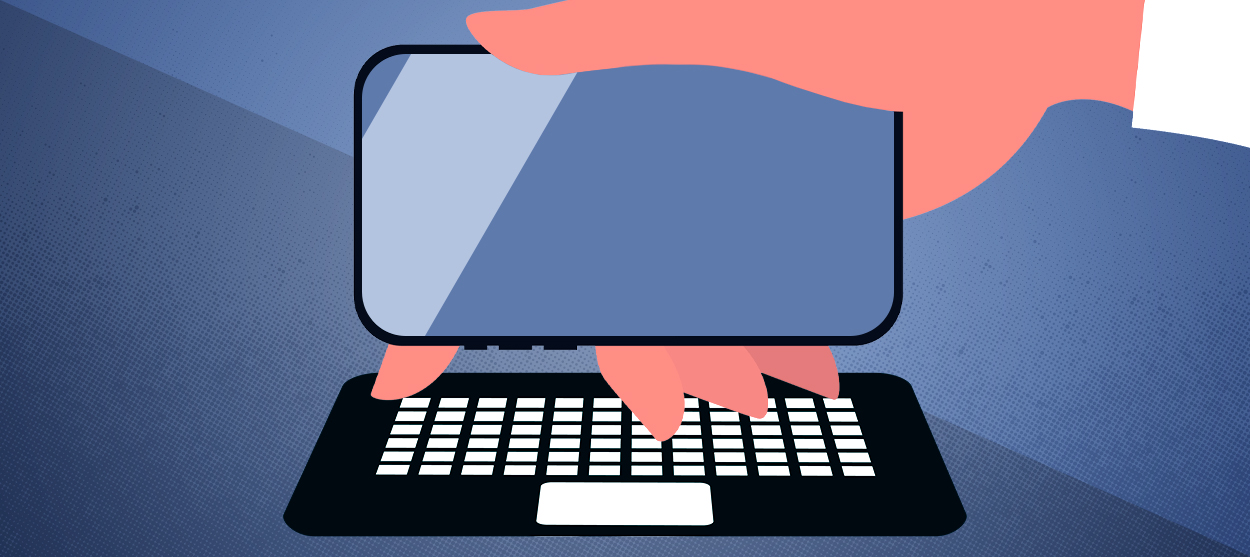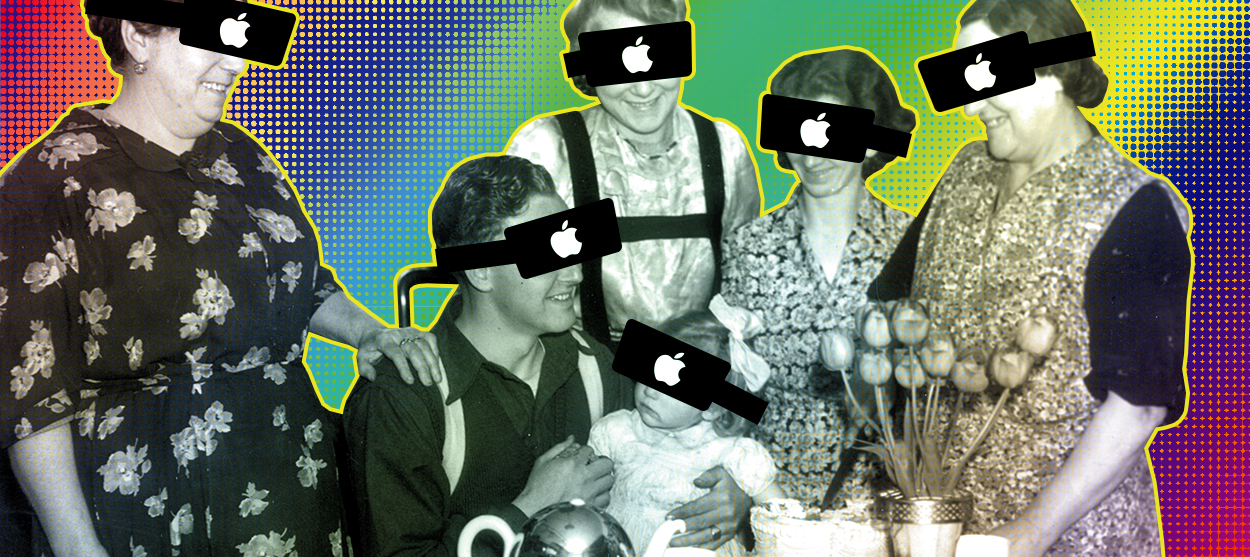If you've finally had it with the iPhone, here are 3 alternatives
One even costs $188. Imagine!


Unless you managed to miraculously unplug from consumerism Wednesday, you probably noticed Apple unveiled its new iPhone this week.
The iPhone 7 will run buyers between $649 and $969, depending on the size and memory option. It's faster than its predecessor, it can survive after being dropped in the toilet, and it features a snazzy new advanced camera. Oh, and it's apparently ditching the ubiquitous 3.5 mm audio jack that everyone uses to plug in their headphones.
People are very unhappy with this last gambit, since it seems like another high-handed effort to force Apple's entire customer base to adapt to an entirely new technology that won't be compatible outside of the company's own products.
The Week
Escape your echo chamber. Get the facts behind the news, plus analysis from multiple perspectives.

Sign up for The Week's Free Newsletters
From our morning news briefing to a weekly Good News Newsletter, get the best of The Week delivered directly to your inbox.
From our morning news briefing to a weekly Good News Newsletter, get the best of The Week delivered directly to your inbox.
Making matters worse, in addition to forcing users to adopt the new Lightning port for headsets, the company is also releasing a new line of wireless earbuds for an eye-watering $159, which does nothing to alleviate Apple's reputation as a conspicuous-consumption cult. Throw in its long-running problem of relying on manufacturers in China accused of mistreating workers and paying them poorly, and nobody could blame you for just deciding you've had it with Apple.
So if you decide — for reasons of technical convenience, political principle, cultural exhaustion, or just personal curmudgeonliness — to ditch your iPhone, here are three alternatives.
For those who prize customizability (and a regular audio jack): The Samsung Galaxy S7
Samsung's flagship smartphone is the most straightforward alternative to the iPhone 7. It'll run you $672 to $792, so you probably won't be saving any money. It's a tad more water resistant than Apple's newest offering, and its display screen is also a bit bigger, sharper, and richer. They're probably about equally matched in computing power and memory; the Galaxy S7 has a longer battery life, but the iPhone 7's camera is perhaps a touch more advanced.
A free daily email with the biggest news stories of the day – and the best features from TheWeek.com
And, of course, you can still plug your headphones into the Galaxy S7 using a regular old audio jack.
But really, the biggest divide between the Galaxy S7 and the iPhone 7 has to do with their operating systems. And it's pretty much the same divide that's always existed between PCs and Macs: The Galaxy S7's Android operating system allows for endless customizability, but the integration and reliability of apps and add-ons is all over the map. Apple's iOS integrates seamlessly with other Apple products and software, and tech support and reliability are good, but it's essentially a black box that Apple runs on your behalf.
If you want top quality but are also inclined to get into the guts of your smartphone and fiddle, the Galaxy S7 is probably a worthwhile buy.
For the conscientious: The FairPhone 2
This sucker is going for around $600, so it'll save you a little compared to the iPhone 7, but not much. But if you want to extricate yourself from the long and questionable production chains of Apple and other electronics providers — the ones that sometimes rely on workers in developing countries suffering through dangerous conditions for meager pay — the FairPhone 2 was made for you. It's a checklist for the socially conscious: Put together with metals and materials from conflict-free areas, manufactured in workplaces with good wages and worker representation, and with a lifecycle geared towards longevity and recycling.
Its specs, while not equal to the iPhone 7's, are all perfectly respectable: A decent camera, 32 GB of storage, a 5-inch HD display, a fine processor. And it runs the 2014 version of the Android operating system. The one big downside is the FairPhone is still something of a startup, and built for the European cellular networks. So while it can work in the U.S., its usefulness here is limited.
For the cheap: The Huawei Honor 5X
At just $188, this is the smartphone for the budget-conscious. Like the FairPhone 2, it's running a slightly older version of Android. It boasts a modest amount of memory storage at 16 GB, and its computing power doesn't quite match top-of-the-line rivals like the Galaxy S7 and the iPhone 7. But its battery should last you all day, its fingerprint sensor is high quality, its camera and video capabilities are all respectable, and it sports a good screen — though heavy gamers may find its graphics capabilities a little underwhelming.
All told, if you're looking for a smartphone that will get the job done while minimizing cost, this is probably your best bet.
Jeff Spross was the economics and business correspondent at TheWeek.com. He was previously a reporter at ThinkProgress.
-
 A lemon-shaped exoplanet is squeezing what we know about planet formation
A lemon-shaped exoplanet is squeezing what we know about planet formationUnder the radar It may be made from a former star
-
 Political cartoons for January 4
Political cartoons for January 4Cartoons Sunday's political cartoons include a resolution to learn a new language, and new names in Hades and on battleships
-
 The ultimate films of 2025 by genre
The ultimate films of 2025 by genreThe Week Recommends From comedies to thrillers, documentaries to animations, 2025 featured some unforgettable film moments
-
 How do you solve a problem like Facebook?
How do you solve a problem like Facebook?The Explainer The social media giant is under intense scrutiny. But can it be reined in?
-
 Microsoft's big bid for Gen Z
Microsoft's big bid for Gen ZThe Explainer Why the software giant wants to buy TikTok
-
 Apple is about to start making laptops a lot more like phones
Apple is about to start making laptops a lot more like phonesThe Explainer A whole new era in the world of Mac
-
Why are calendar apps so awful?
The Explainer Honestly it's a wonder we manage to schedule anything at all
-
 Tesla's stock price has skyrocketed. Is there a catch?
Tesla's stock price has skyrocketed. Is there a catch?The Explainer The oddball story behind the electric car company's rapid turnaround
-
 How robocalls became America's most prevalent crime
How robocalls became America's most prevalent crimeThe Explainer Today, half of all phone calls are automated scams. Here's everything you need to know.
-
 Google's uncertain future
Google's uncertain futureThe Explainer As Larry Page and Sergey Brin officially step down, the company is at a crossroads
-
 Can Apple make VR mainstream?
Can Apple make VR mainstream?The Explainer What to think of the company's foray into augmented reality
